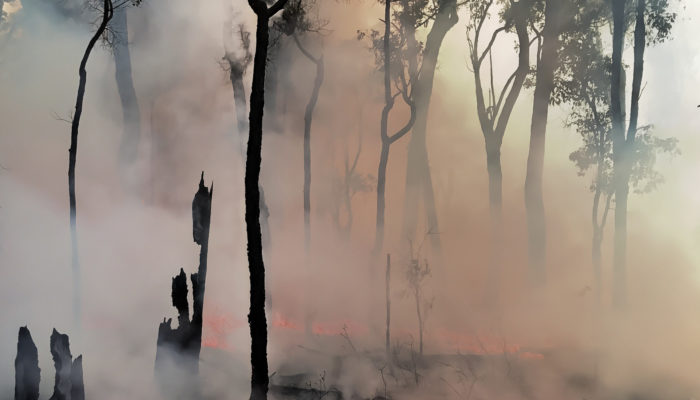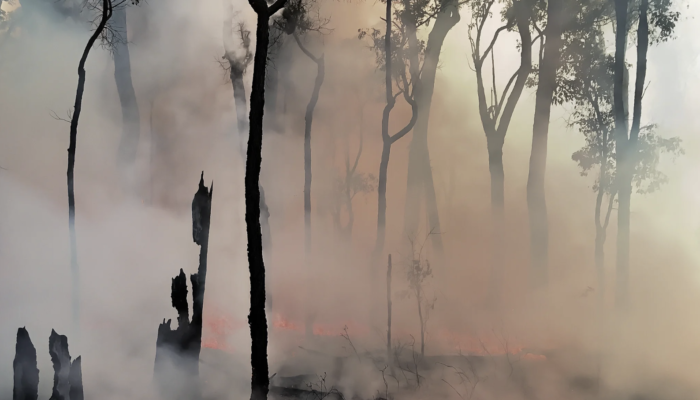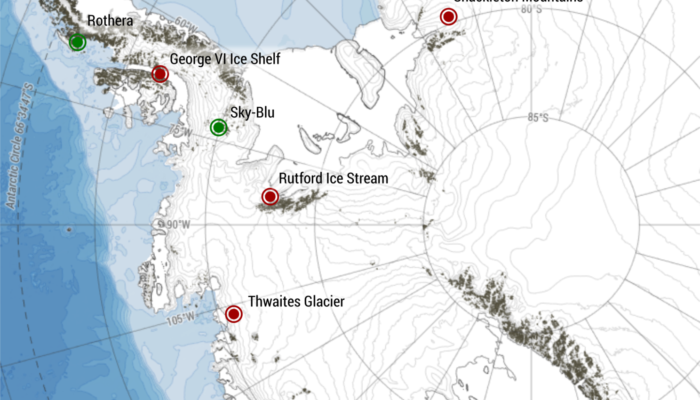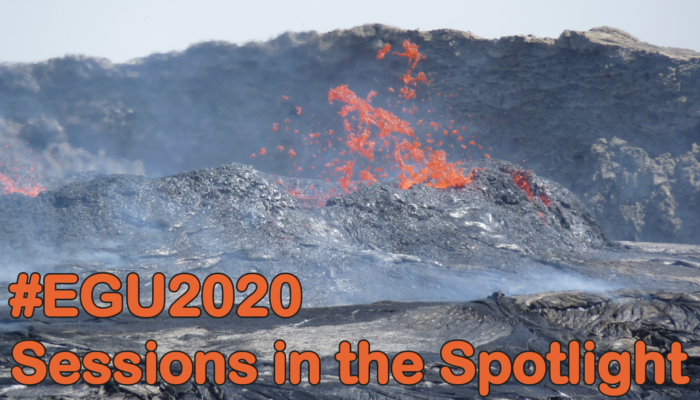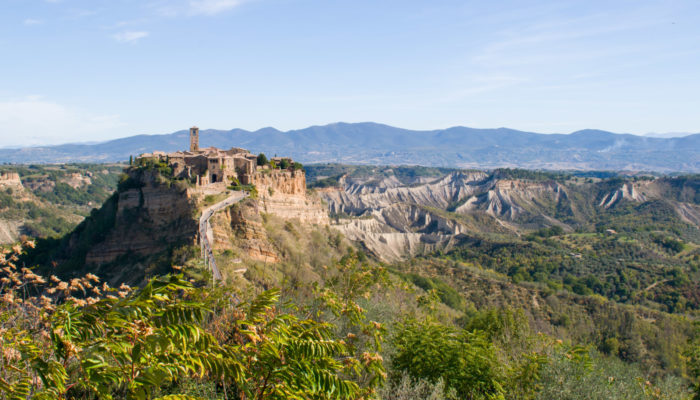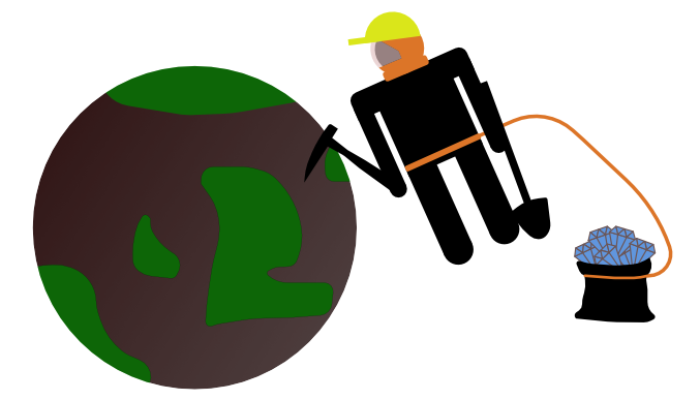One often hears that ambitious climate policy might be premature while climate change is still “uncertain”. This sounds like a fair argument: The amount of global warming per doubling CO2 is not well constrained, and the amount of economic damage per degree of warming even less. But is this uncertainty a sound excuse to wait and see? Uncertainty, risk aversion, and insurance If you knew the ...[Read More]
GeoLog
Imaggeo on Mondays: Setting trees aflame to understand the carbon balance of fires
Smoke clears after an experimental wildfire in Australian eucalyptus forest carried out for carbon balance estimations of wildfires. We meticulously measured the carbon in all leaves, twigs, logs and bark in a forest block about 35km east of Manjimup and then they set it on fire with help from the Dept. of Parks and Wildlife, [Western Australia]. We the counted the carbon all over again including ...[Read More]
Cryospheric Sciences
Cryo Adventures – What’s currently going on in Antarctic science?
As Christmas gets closer, days are getting shorter in the northern hemisphere. A good excuse to get cosy inside on the sofa, drinking tea and eating Christmas biscuits. Meanwhile, a few thousand of scientists are heading “South”, to Antarctica, where the lengthening days provide the perfect conditions to conduct a whole variety of scientific field expeditions… Science in Antarctica Just last ...[Read More]
Geodynamics
The Sassy Scientist – Peak Peer-review
Every week, The Sassy Scientist answers a question on geodynamics, related topics, academic life, the universe or anything in between with a healthy dose of sarcasm. Do you have a question for The Sassy Scientist? Submit your question here or leave a comment below. After having dutifully followed the instructions put forward on this very blog on how to write a proper peer-review, Tomás got their i ...[Read More]
Geochemistry, Mineralogy, Petrology & Volcanology
#EGU2020 Sessions in the Spotlight: Continental Rift Evolution: from inception to break-up
Breaking up is hard, but sometimes it’s the right thing to do. Sometimes it might look like a breakup is about to happen, or it might even begin to happen, then be saved part way through. Sometimes breakups start with a small area of weakness, which grows into something much bigger. If your first thought reading this was ‘continental rifts’ or ‘this guy clearly knows nothin ...[Read More]
GeoLog
Mentoring programme at EGU 2020
With more than 16,000 participants, 5,500 oral presentations, 9,400 posters and 1,200 PICO presentations, all under one roof, the EGU General Assembly can be an overwhelming experience. There is a network of corridors to navigate, as well as a wide range of workshops, splinter and townhall meetings to choose from. With that in mind, we’ve put in place some initiatives to make the experience of tho ...[Read More]
GeoLog
The road to a greener General Assembly
Each spring thousands of geoscientists from more than 100 countries make their way to Vienna for the EGU General Assembly. Major conferences like this offer researchers many opportunities to advance their careers: from gaining research inspiration and learning new skills to sharing ideas and networking with peers. But participant travel to and within Vienna, plus their accommodation, food and drin ...[Read More]
Tectonics and Structural Geology
Civita di Bagnoregio – the dying town
On top of a steep cliff standing out from the surrounding countryside, lies the small town of Civita di Bagnoregio, one of the most famous villages of Italy. It is often called the dying town, although more recently people have started to refer to it as fighting to live. What this little town is fighting against is the threat of erosion, as its walls are slowly crumbling down. Located in central I ...[Read More]
Geodynamics
The Role of Geosciences in Exoplanet Science
How can geoscience methods be incorporated into the research of extrasolar planets? These are planets that are beyond our own solar system and their geological properties are mostly unknown. Kaustubh Hakim is a postdoctoral researcher at the Center for Space and Habitability in Bern, Switzerland where he studies the interiors of rocky exoplanets and geochemical cycles using theory and lab experime ...[Read More]
Hydrological Sciences
SciArt & Hydrology: how about having an art exhibition as part of your hydrology PhD thesis?
On November 1st 2019, Louise Arnal, a PhD candidate at the University of Reading and the European Centre for Medium-Range Weather Forecasts (ECMWF), had her art exhibition opening event at The Museum of English Rural Life (Reading, UK). This exhibition was part of her PhD thesis on hydrology, and was called “Gambling with floods?” For me, it was the first time I saw a PhD thesis in hydrology that ...[Read More]

